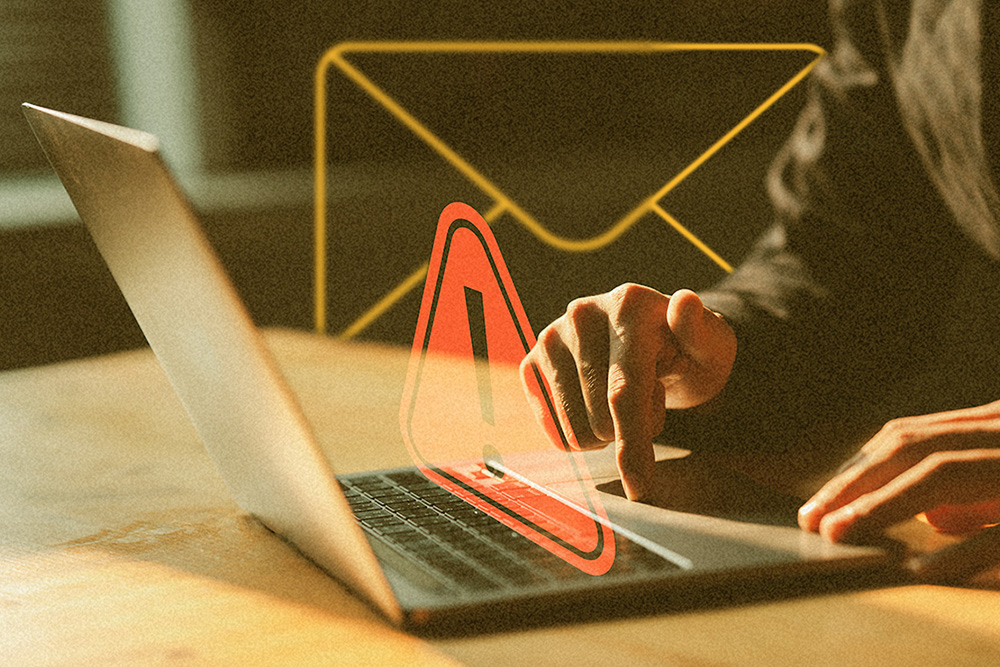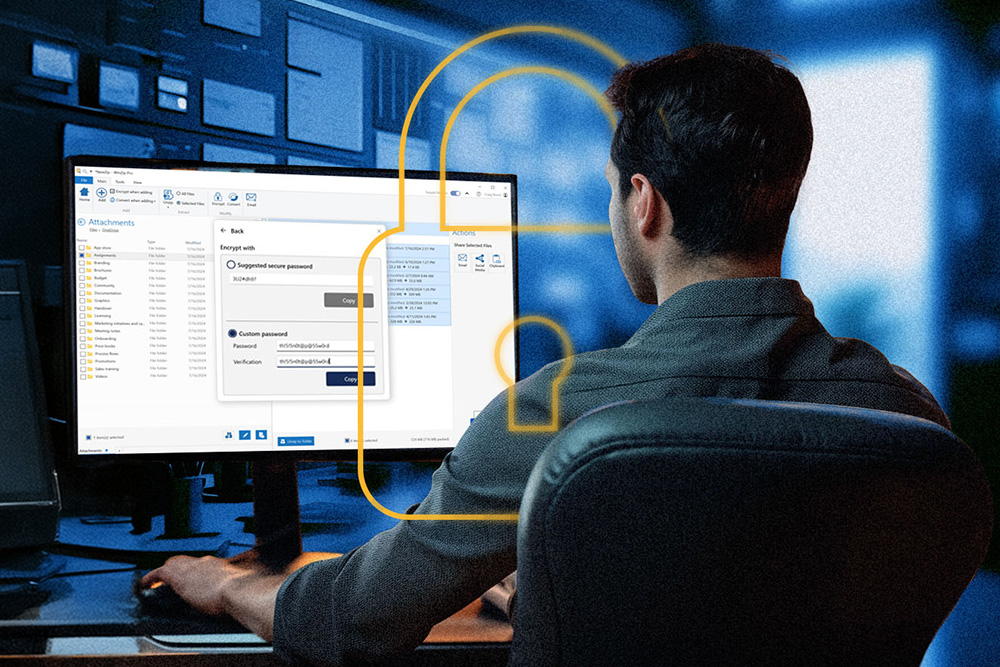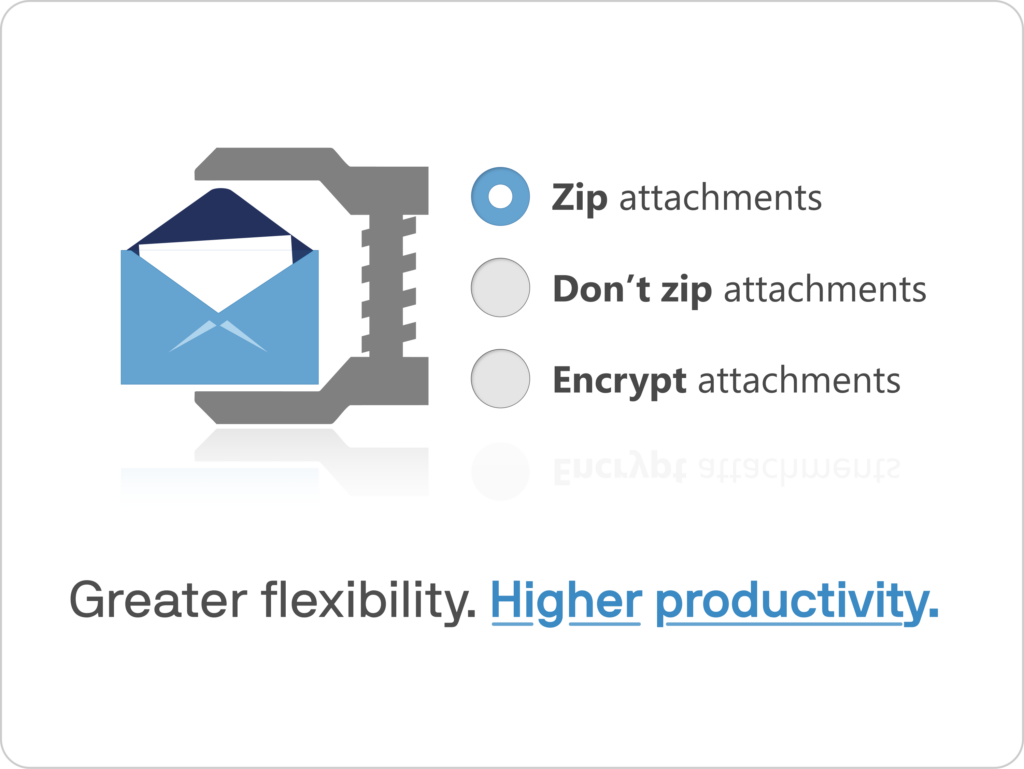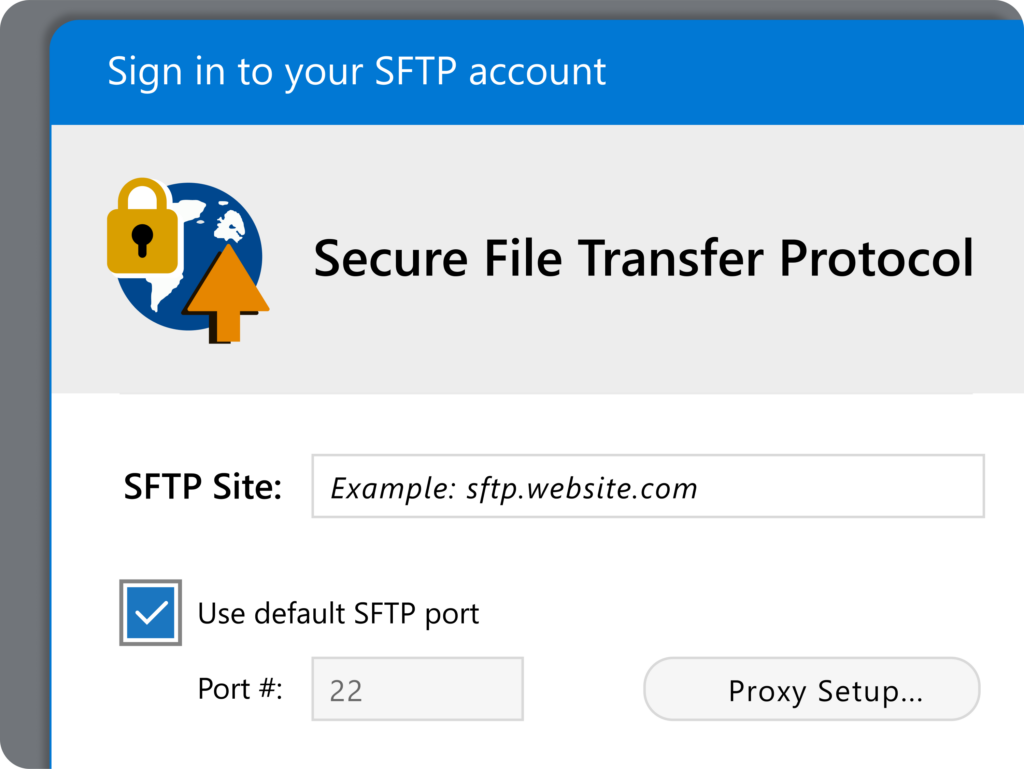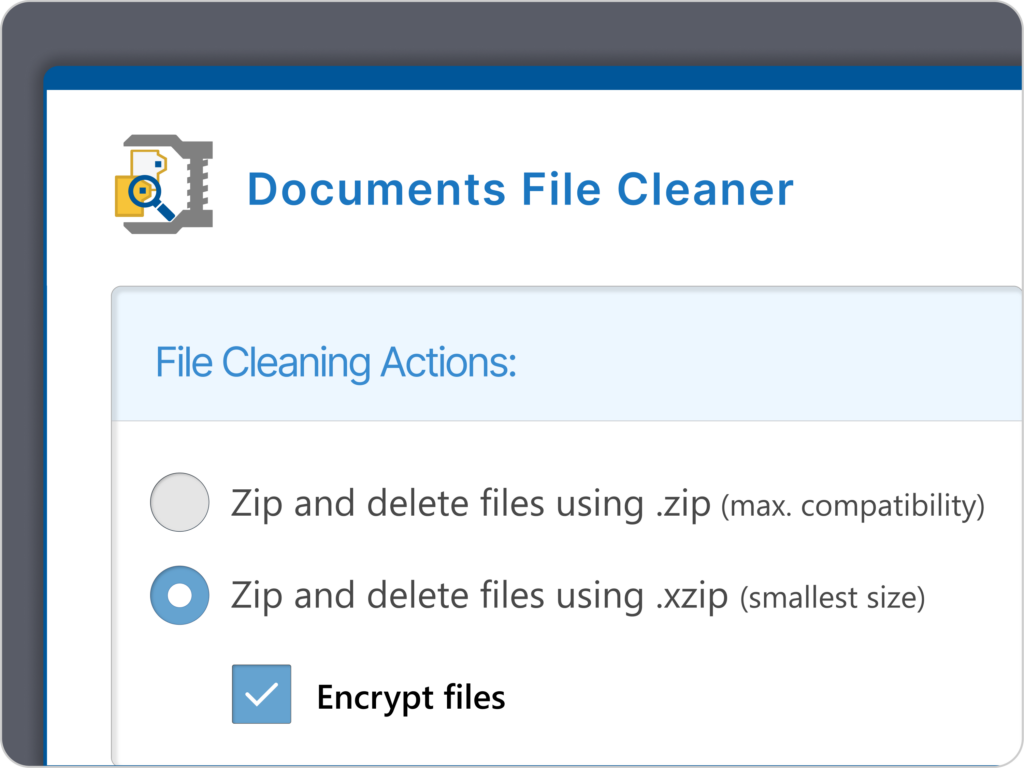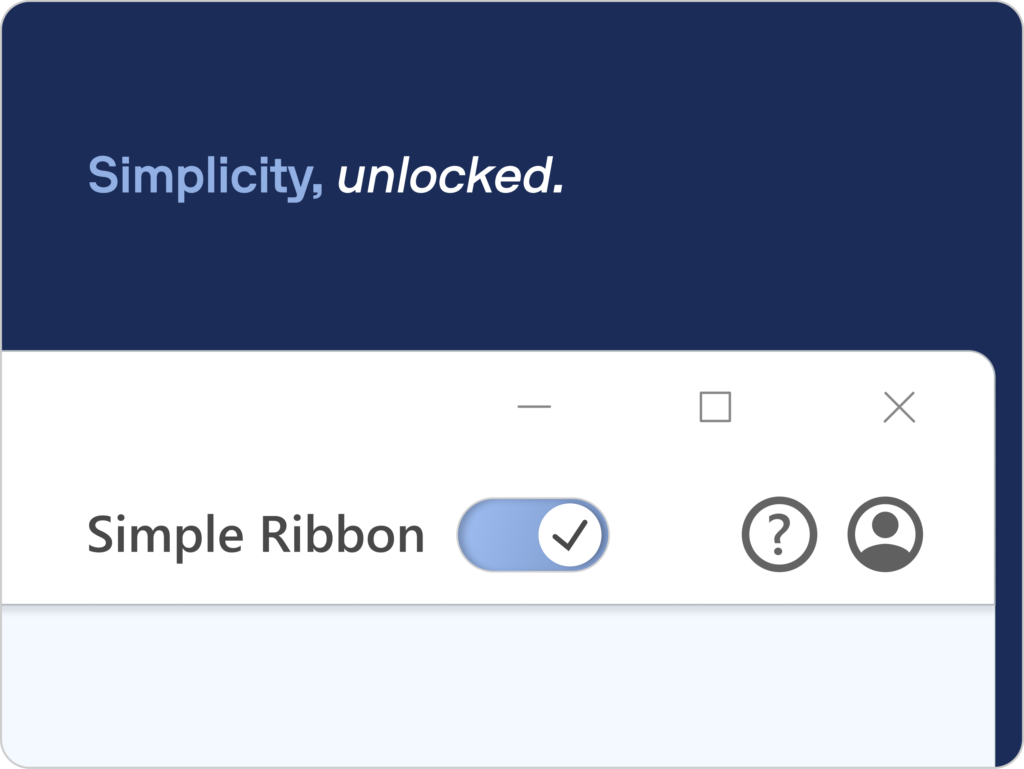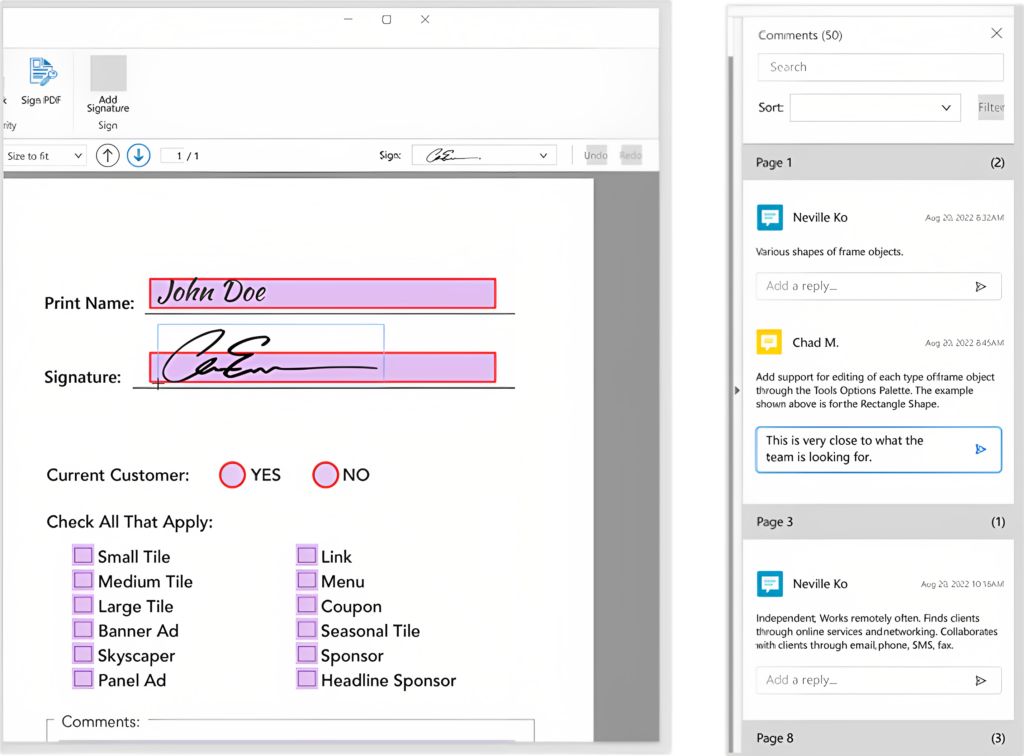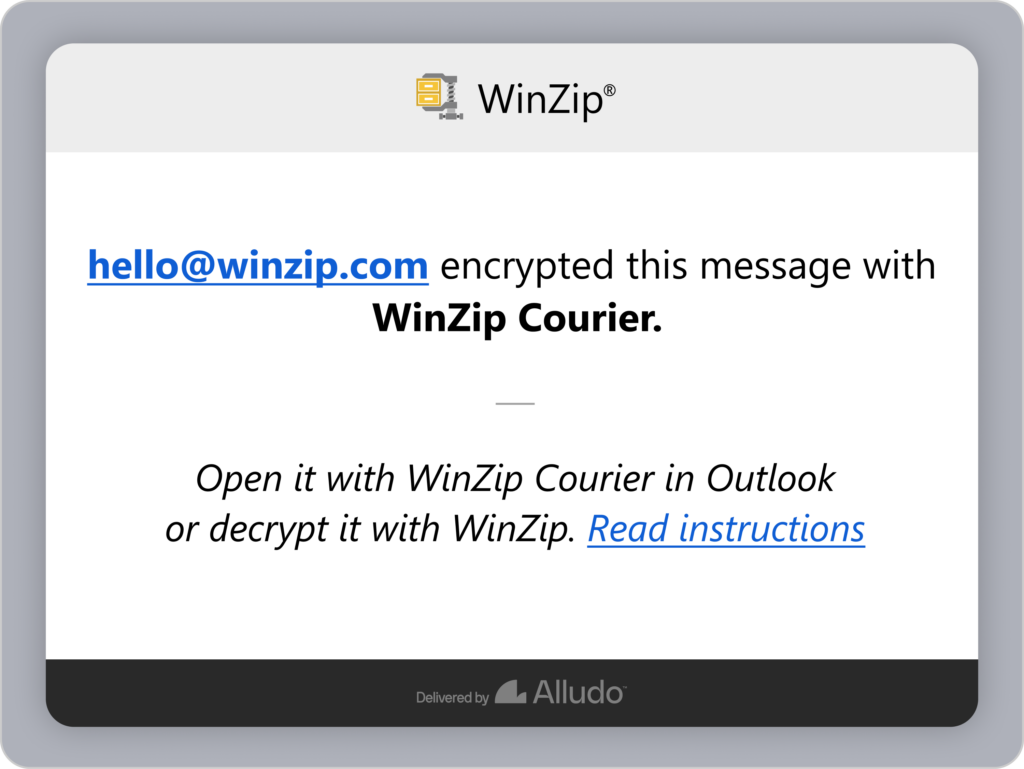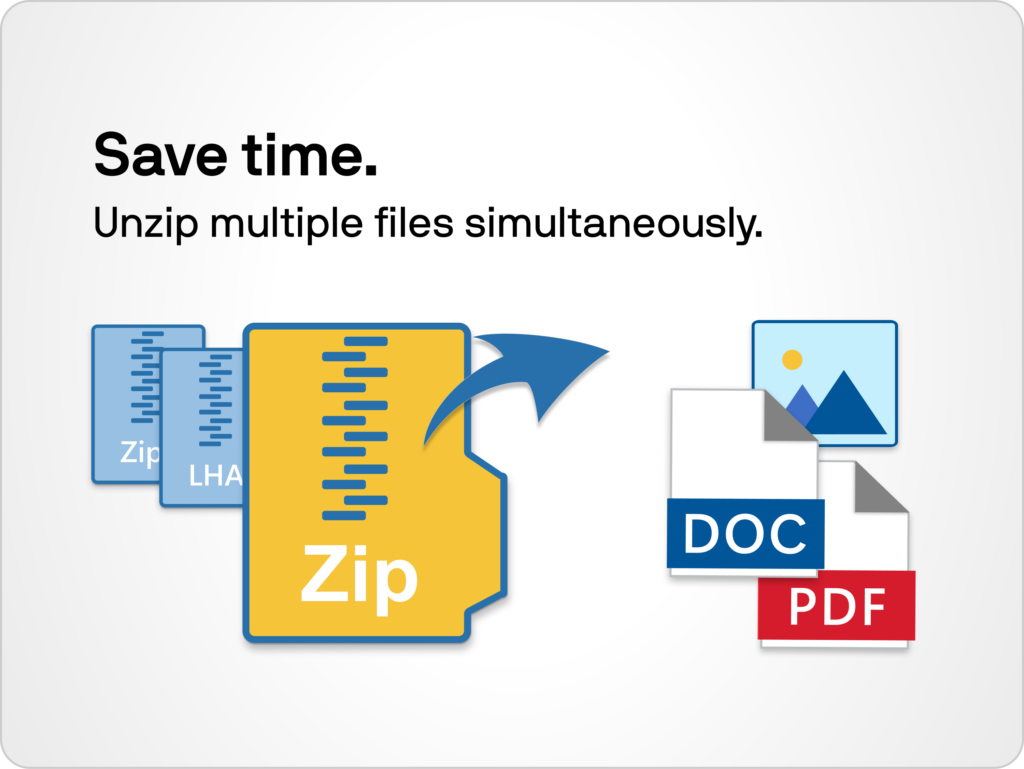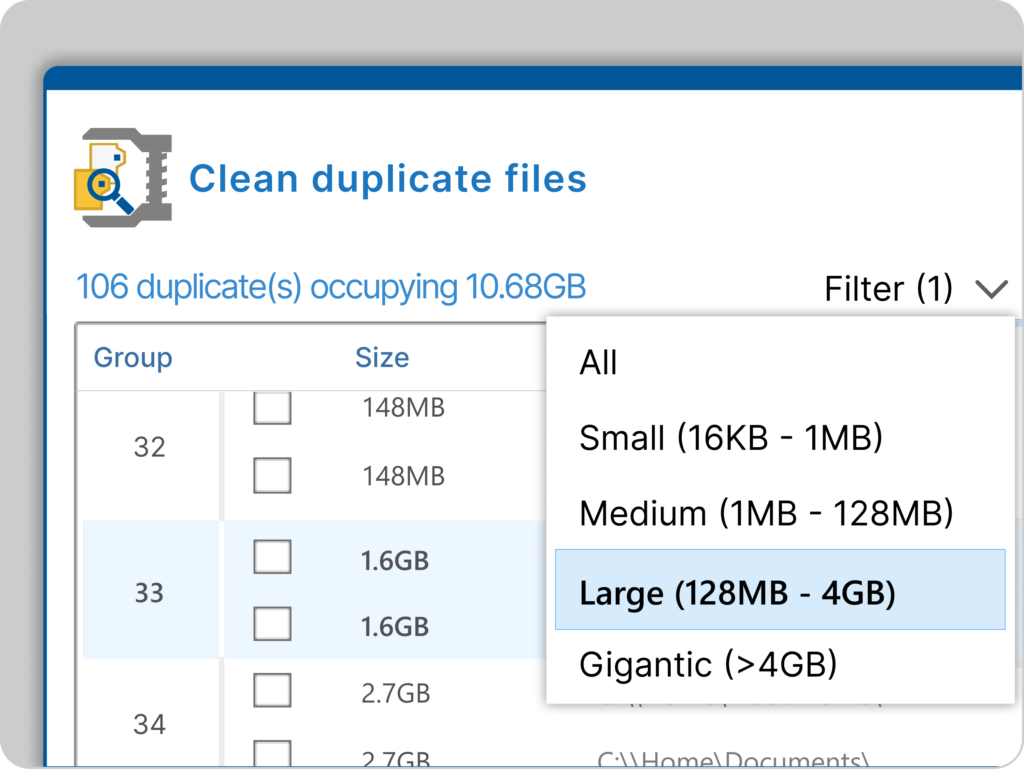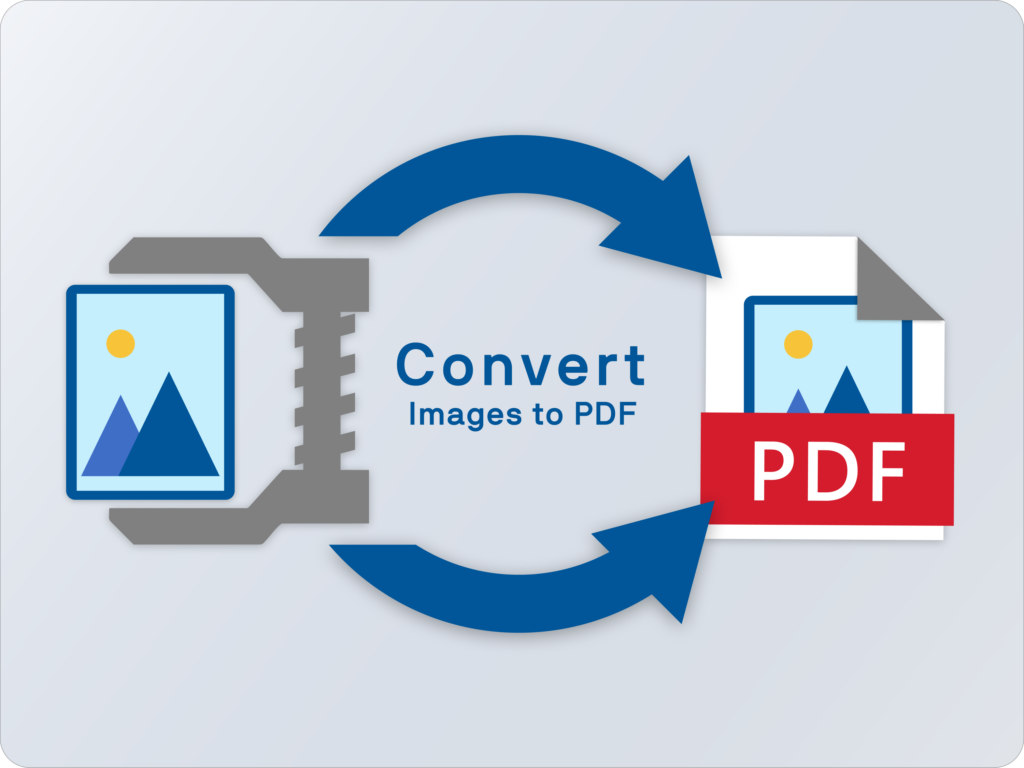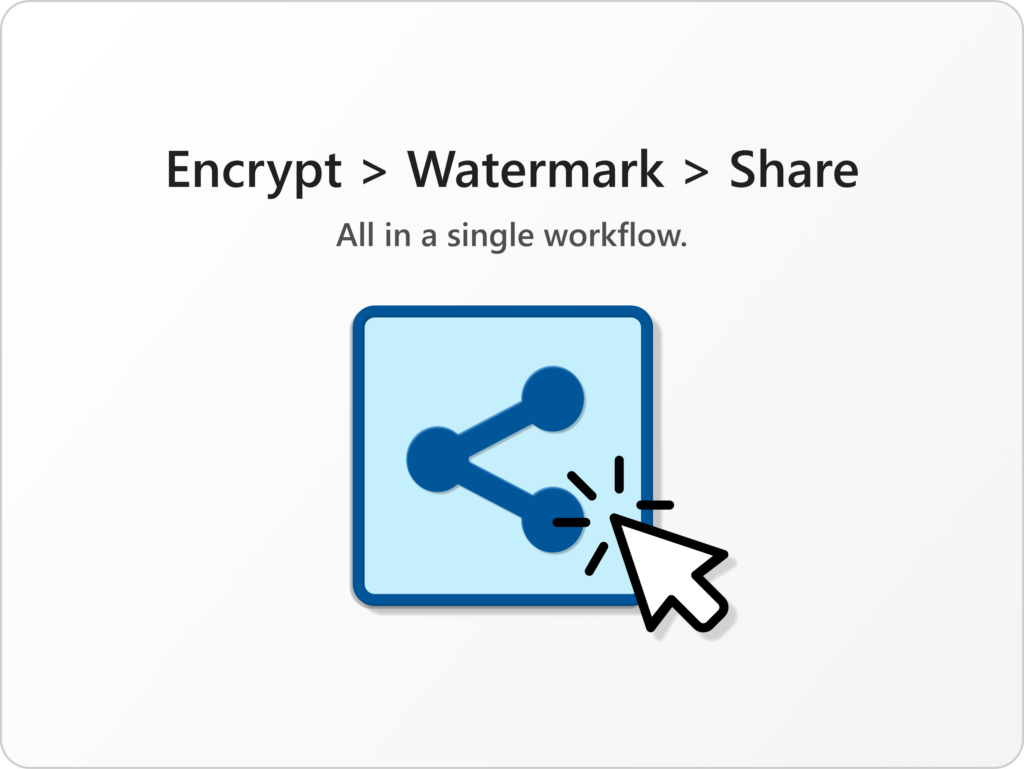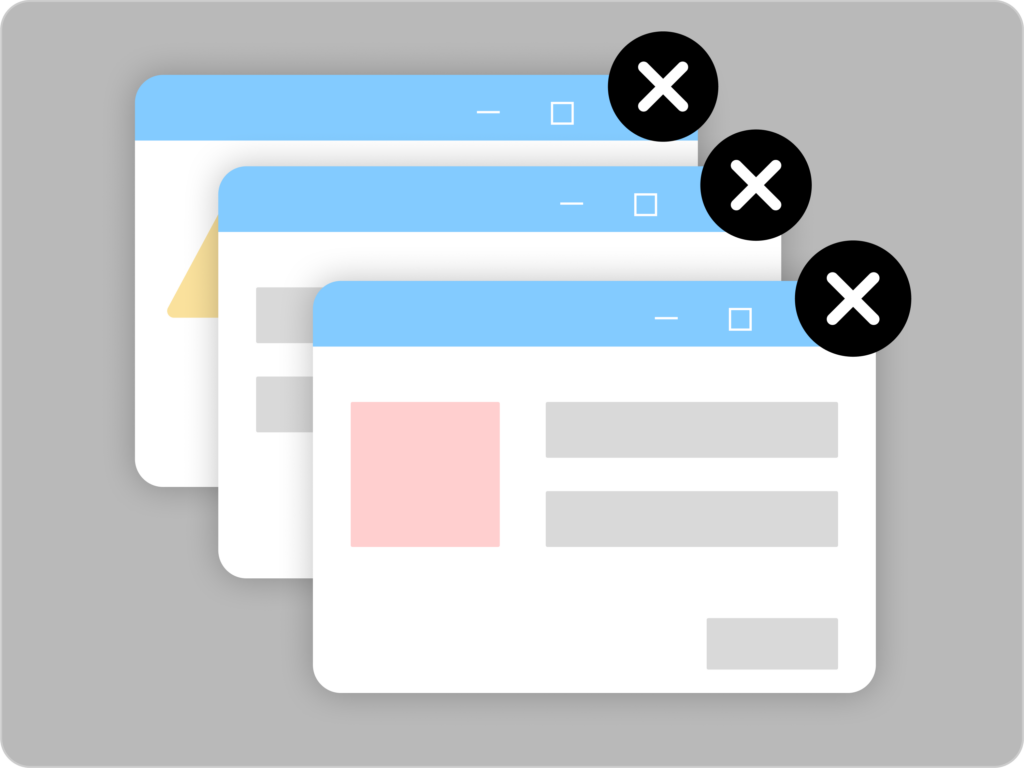Nowadays, companies collect and store an incredible amount of personal information, and accidental data exposure can be devastating to everyone involved.
How can you safeguard your organization from accidental email leaks, particularly those that can be easily avoided? Read on to learn more about how to survive if you are unable to sidestep disaster.
Hint: It’s essential to contain the breach immediately, notify the affected parties, and quickly employ stronger security measures. Scroll down for details. ⬇️
Protect your organization against accidental email leaks. Try WinZip free today!
What is an accidental email leak?
An accidental email leak is the inadvertent exposure of sensitive or confidential information through email. This exposure often results from human error and can have unfavorable consequences for the responsible individual and the affected organization.
One of the first high-profile leaks dates back to 2018 when the City of Seattle mistakenly provided 32 million email addresses to an individual requesting a specific set of public records.
As you can imagine, accidental email leaks are a significant source of data breaches and security incidents and are more common than you might think.
The fact that they are largely a result of human oversight (rather than malintent) emphasizes the need for improved practices.
If an email is sent to the wrong person or the right recipient receives the wrong attachment, it can create equally significant consequences.
Education, improved data handling practices, and email security technologies are essential to mitigate this kind of disaster.
Why do email leaks happen?
As mentioned above, human error is mostly to blame for email leaks.
It can involve sending emails to the wrong recipient or attaching the wrong document or file to an email.
Another culprit is weak security practices, like using recycled passwords that can be easily guessed or breached.
Misconfiguring software settings or cloud storage can lead to unintended data exposure as well. A lack of proper encryption for sensitive data transmitted via email is a giant misstep.
Then there are social engineering attacks, which are more nefarious in nature. Phishing emails trick employees into revealing login credentials or downloading malware.
Social engineering attacks are used to manipulate people into divulging confidential information.
Let’s not forget inadequate security policies and employee training.
These attacks are getting more and more sophisticated.
Lack of clear guidelines and best practices for handling sensitive information via email can lead to unfortunate outcomes.
Insufficient training for employees on how to identify and prevent accidental data leaks doesn’t help the matter either.
This can all lead to the unintentional exposure of sensitive information. Addressing the root causes is crucial for preventing these data leaks altogether.
What notable leaks have made headlines in recent years?
Headline-making breaches are every company’s worst nightmare. A few notable breaches in recent years include the following examples.
- Yahoo suffered three significant data breaches between 2013 and 2016 that affected around three billion user accounts. The leaked data included names, email addresses, phone numbers, encrypted security questions and answers, dates of birth, and hashed passwords.
- The Trump White House accidentally emailed “talking points” to Democrats in 2017, exposing sensitive internal communications. This incident has been described as an example of an accidental email leak due to human error. While it did not expose PII or risk an organization’s livelihood, it certainly didn’t help the political climate at the time.
- Serco and Sonos experienced incidents where they accidentally exposed customer email addresses in 2020 and 2021. These are strong examples of organizations suffering the consequences of accidental email leaks.
These incidents highlight how email leaks can have significant consequences for individuals and organizations alike.
And sadly, these types of email leaks have become increasingly common, with no end in sight.
What are the consequences of an accidental email leak?
The critical consequences of an accidental email leak include:
Damage to an organization’s reputation and client relationships
- Accidental email leaks can lead to a loss of client trust as clients become wary of the organization’s ability to handle sensitive data securely.
- Leaks can result in reputational damage and negative media coverage for the organization.
Legal and regulatory issues
- Accidental email leaks may violate data privacy laws and lead to fines or worse for the organization in question.
- In some cases, the individual responsible for the leak may face legal action or even termination of employment. Yes, even if it was purely accidental.
Financial costs
- Dealing with the aftermath of an accidental leak, such as notifying affected parties and implementing remediation measures, can be highly costly to the organization.
- There may also be indirect financial impacts, such as lost business opportunities due to damaged client relationships.
Potential exposure of sensitive information
- Accidental leaks can lead to the unintended exposure of confidential business plans, strategic information, personal data, or other sensitive data.
Decreased employee trust and morale
- Individuals responsible for accidental leaks may face disciplinary action, including formal warnings or termination, which can undermine employee trust and morale.
How can email leaks be prevented?
To prevent sensitive data from leaking in the event of an email leak, you should consider implementing the following measures:
Educate employees on data security practices
Conduct regular security awareness training. Educate employees on identifying and handling sensitive data, recognizing phishing attempts, and following proper email protocols.
Integrate a data loss prevention checklist
Harnessing scattered data and transforming it into streamlined processes can be a daunting task for any IT administrator overseeing data security within their organization. Leveraging a data loss prevention checklist will enable the team to remain abreast of encryption measures to safeguard sensitive data and ensure compliance, stay ahead of potential security risks, and gain insights into data flows beyond the traditional network perimeter.
Enforce strong email security policies
Establish clear policies on email usage, such as prohibiting the transmission of sensitive data via email if not absolutely necessary, using secure email gateways, and enabling email encryption for confidential communications.
Classify and identify sensitive data
Identify and classify all sensitive data within your organization, such as customer information, financial records, and intellectual property. This will help to prioritize protection measures.
Restrict access to sensitive data
Leverage access control and extend privileges only to those who need access to sensitive data for their job function.
Enable multi-factor authentication
Require MFA for all email accounts as an extra layer of security (beyond strong passwords).
Only use a secure email solution
Implement a secure email solution that provides end-to-end encryption, data leak prevention, and other security features to protect sensitive information in transit.
Regularly back up data
Maintain regular backups of sensitive data in a secure location, ensuring you can recover from a data leak or breach more quickly.
What are the six key steps an organization can take to survive an email leak?
If your organization is involved in a breach, it is survivable but it’s important to act quickly and follow these steps.
Contain the breach immediately
- Stop the unauthorized access or sharing of leaked emails.
- Recover any records that have been exposed.
- Shut down the source of the leak if possible.
Assess the scope and impact of the leak
- Determine what information was exposed and to whom.
- Evaluate the potential risks and harm to the organization and affected individuals.
- Get to the bottom of it with a deep dive into how the leak may have occurred.
Notify affected parties
- Inform individuals whose personal information was exposed, as required by regulations.
- Consult with law enforcement if the breach involves criminal activity.
- Be transparent with clients and the public about the incident.
Implement a comprehensive prevention plan
- Review and update policies, procedures, and employee training to address vulnerabilities.
- Conduct audits to ensure the prevention plan is implemented correctly.
- Consider changes to service providers or partners involved in the breach.
- Leverage a tool like WinZip® Enterprise to streamline data management, and ensure sensitive information is protected. Download the comprehensive data loss prevention checklist to see if your organization’s security protocol is up to snuff.
Leverage email security technologies
- Use features like delayed send, recipient confirmation, and attachment scanning to prevent future accidental leaks.
- Implement document security controls to protect sensitive information.
- Automatically encrypt, compress, and secure attachments and emails using a solution like WinZip® Courier.
Raise employee security awareness
- Educate staff on email security best practices and how to identify potential threats.
- Consider simulated phishing tests to assess and improve employee vigilance.
By taking these proactive and responsive measures, organizations can mitigate the damage from an accidental email leak. This can better position organizations to survive the incident.
The key is a comprehensive approach addressing both technical and human factors.
Knowing what to avoid is half the battle
Guarding against accidental email leaks is a battle, but winning is possible. Leveraging a tool like WinZip® is an excellent first step.
It takes the guesswork out of everything from integrated email security features to secure backup options and password protection functionality.
Because there is no foreseeable end to email leaks, they pose serious risks to organizations, and they are not a facet of security that should ever be ignored.
The spike and sophistication of cyber threats coupled with growing regulatory and legal pressures is a tricky combination to stay ahead of.
The stakes are higher than ever for organizations today.
Still, your organization can certainly put its best foot forward by adopting technical controls and security features, strengthening policies, and employing training and awareness.
By proactively addressing both the technical and human elements, organizations can tamp down the growing threat of email leaks in the years to come.
However, email leaks will likely remain a persistent challenge that requires constant vigilance and adaptation.
Ready to take the first step toward stronger data security? Try WinZip today!

